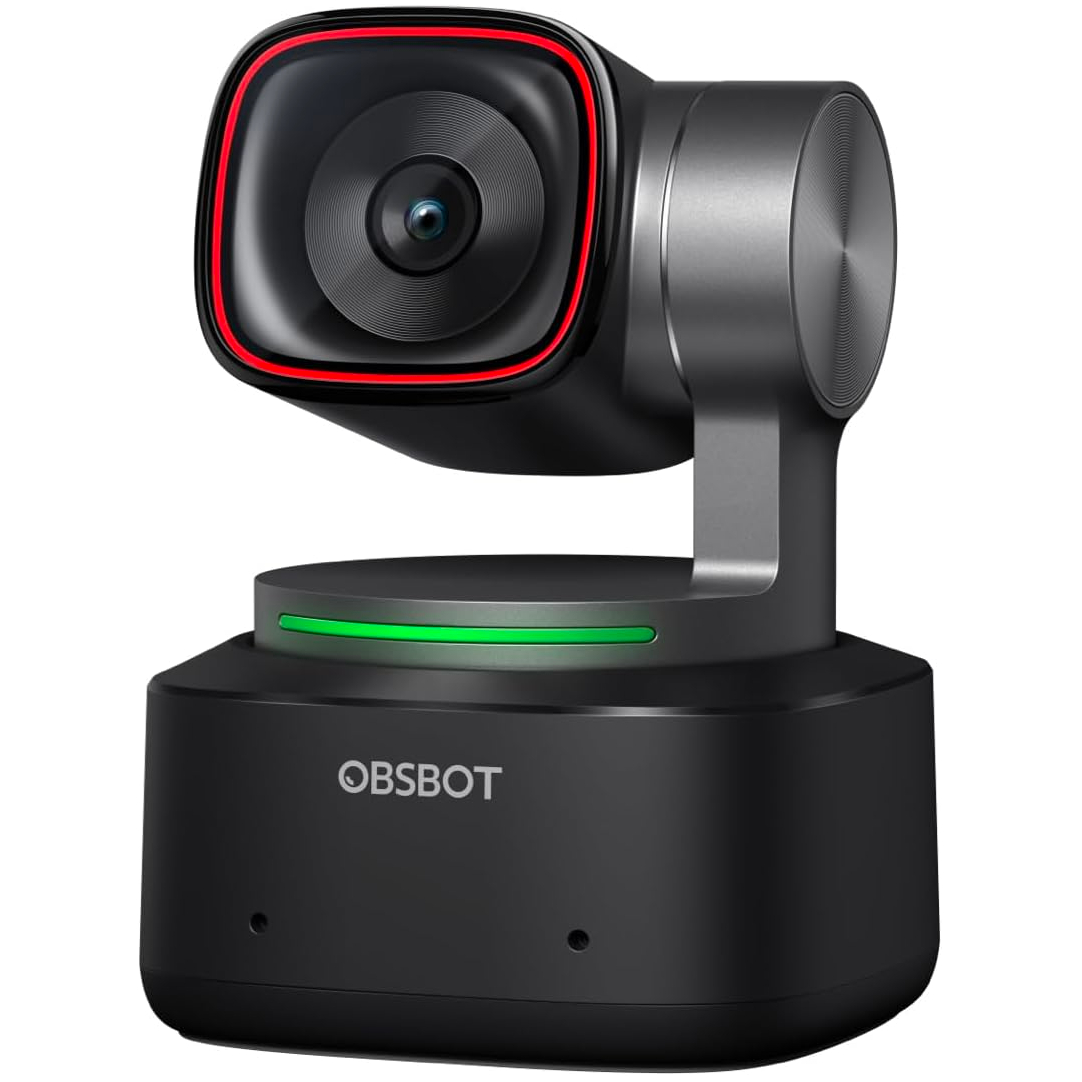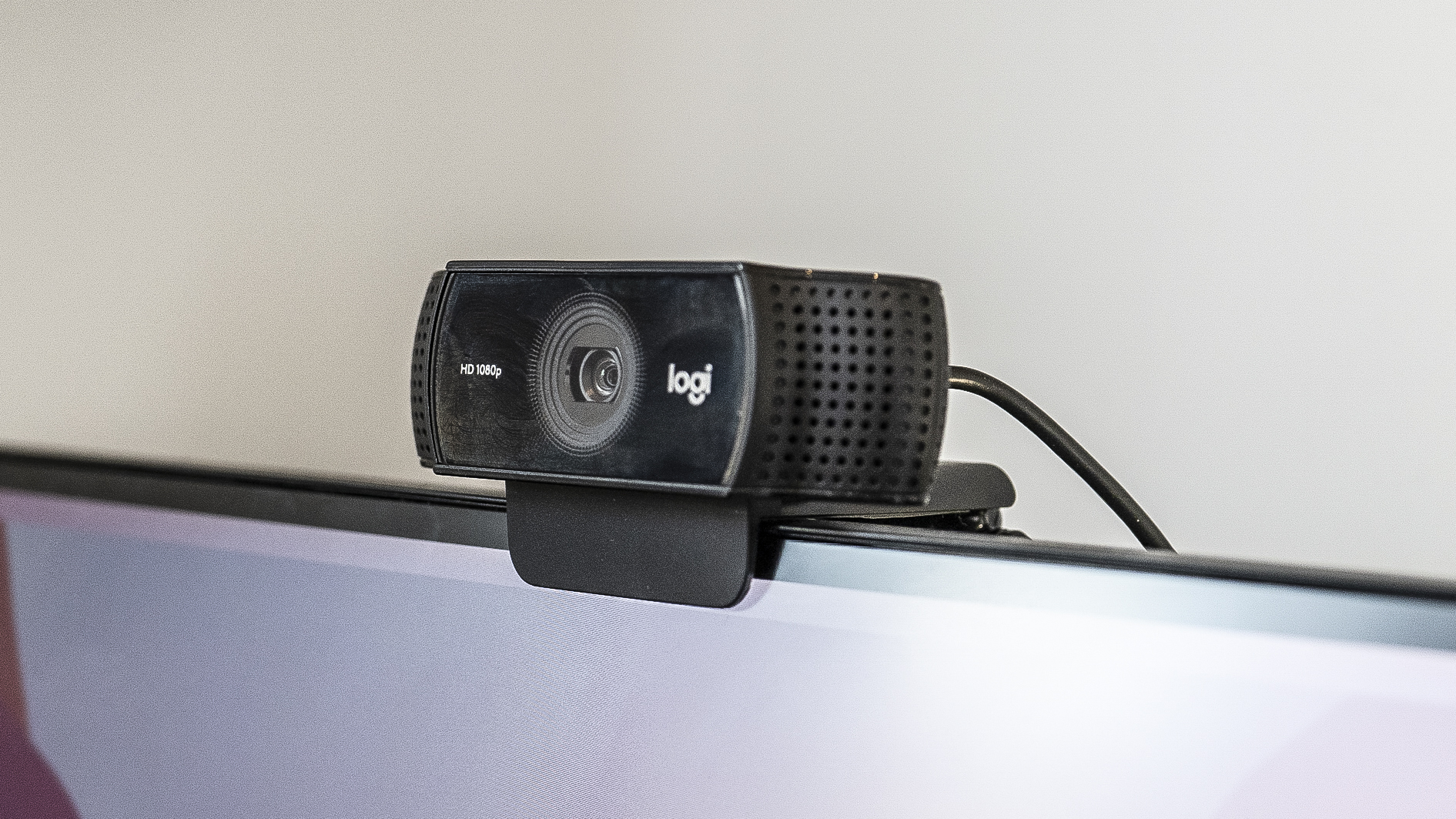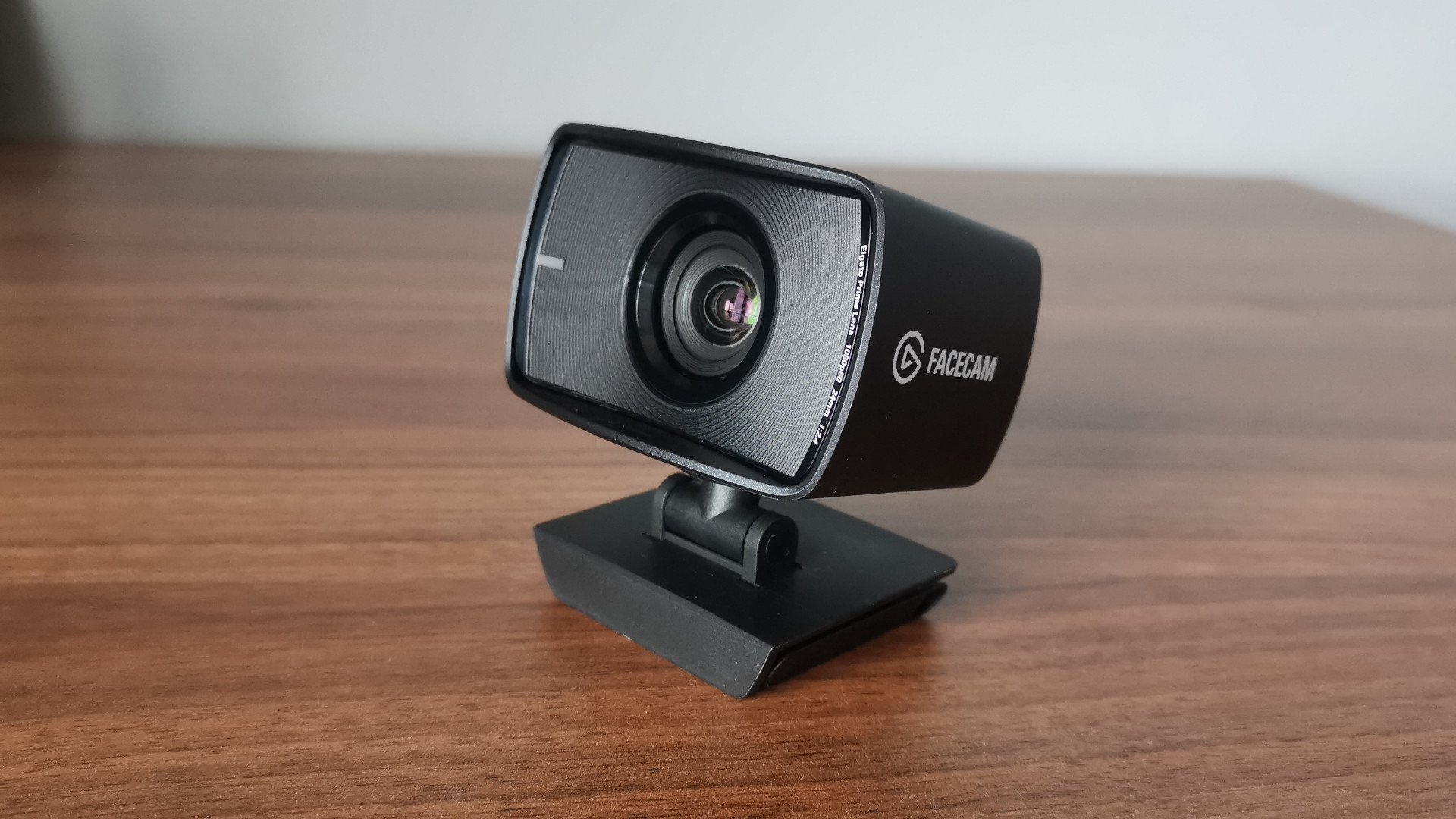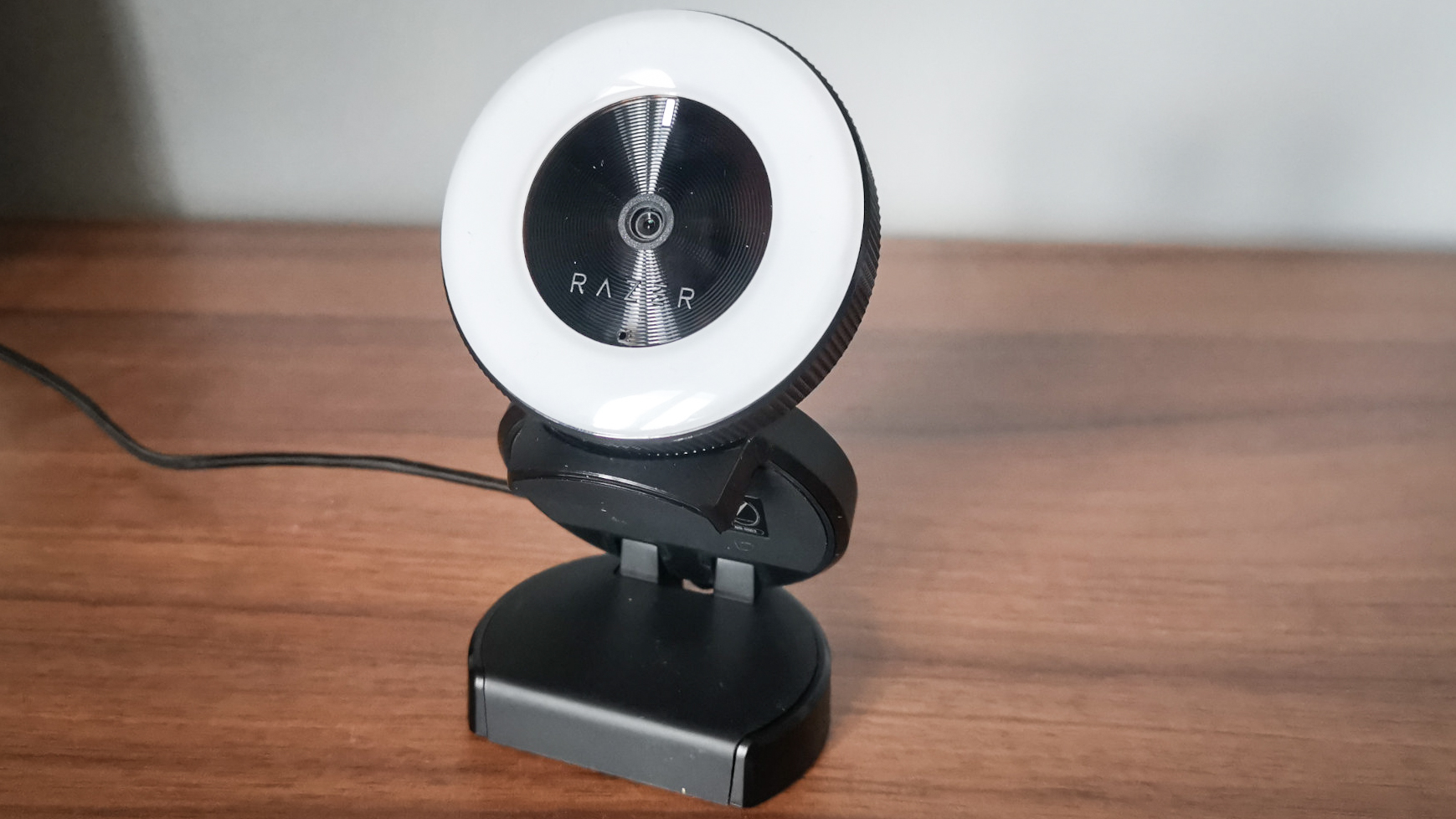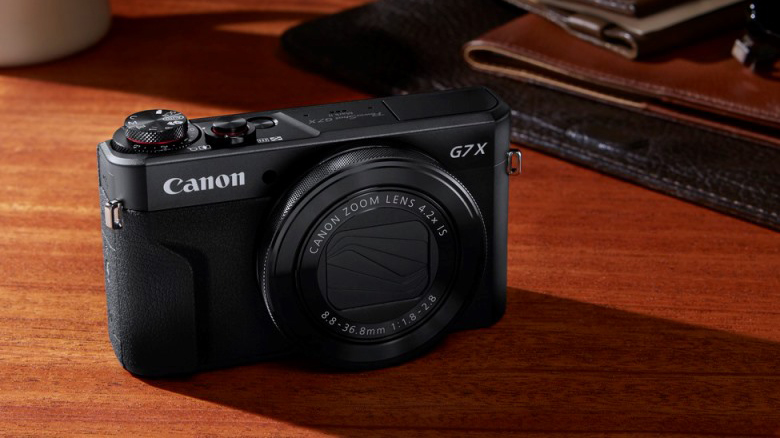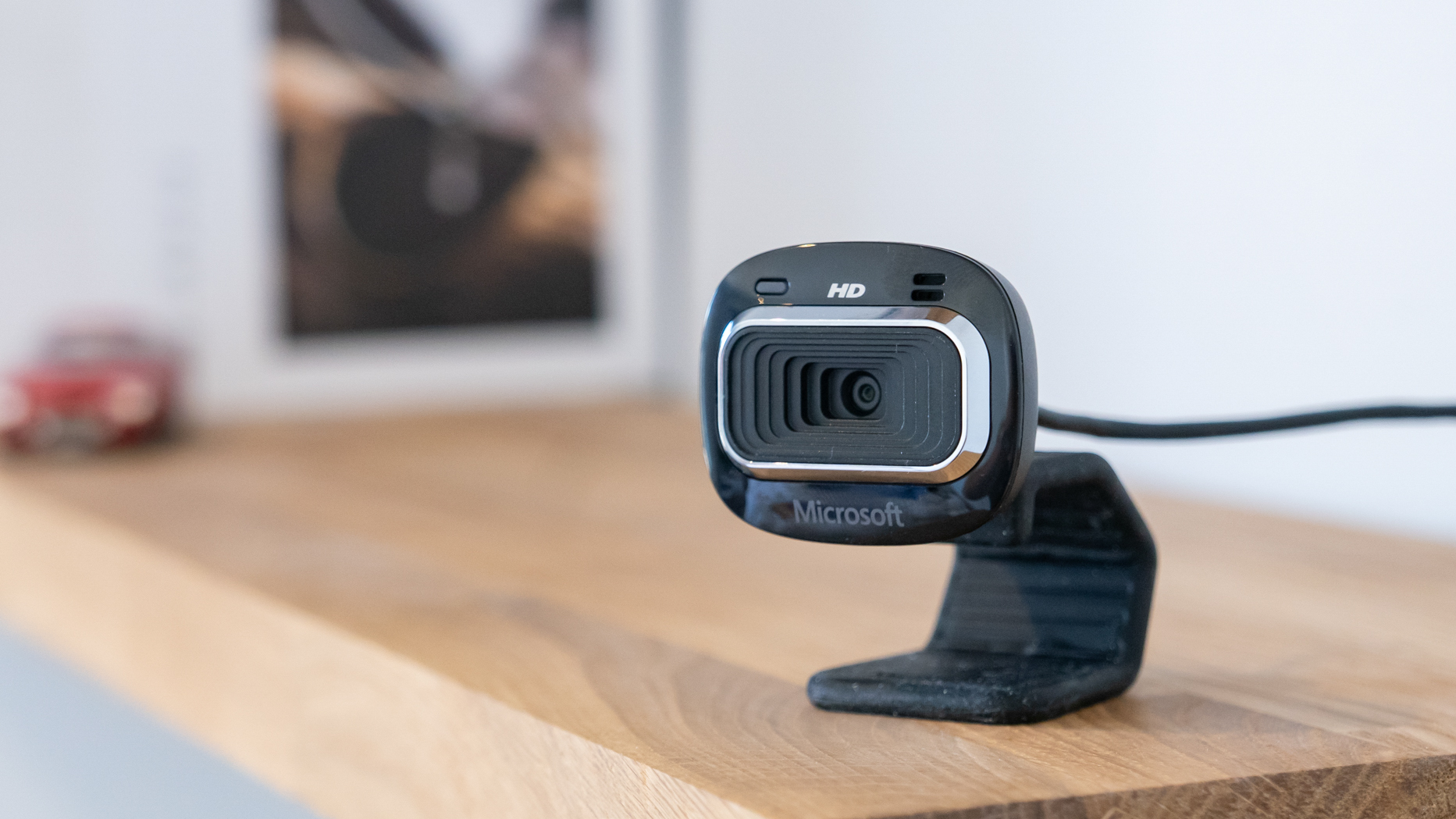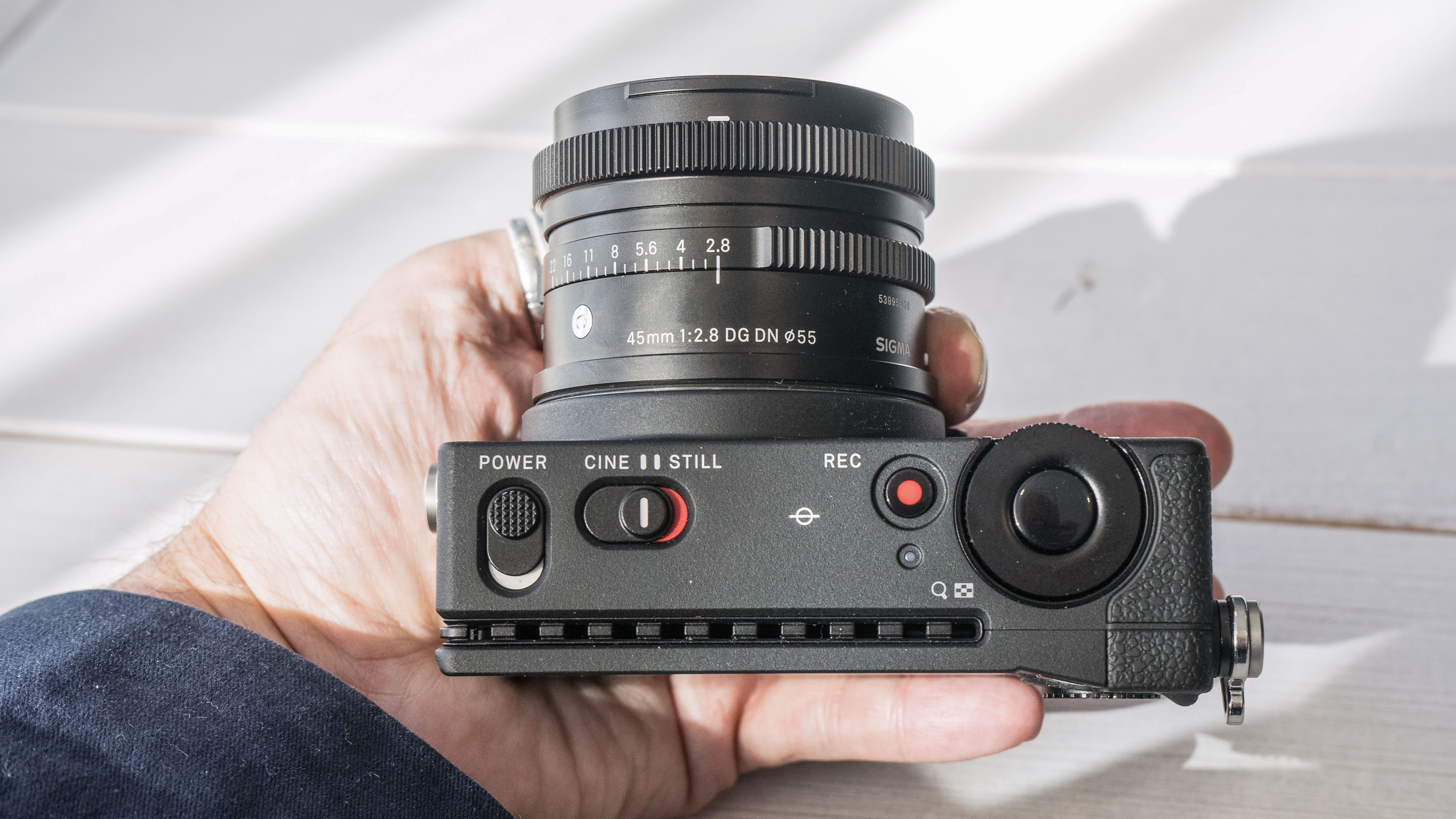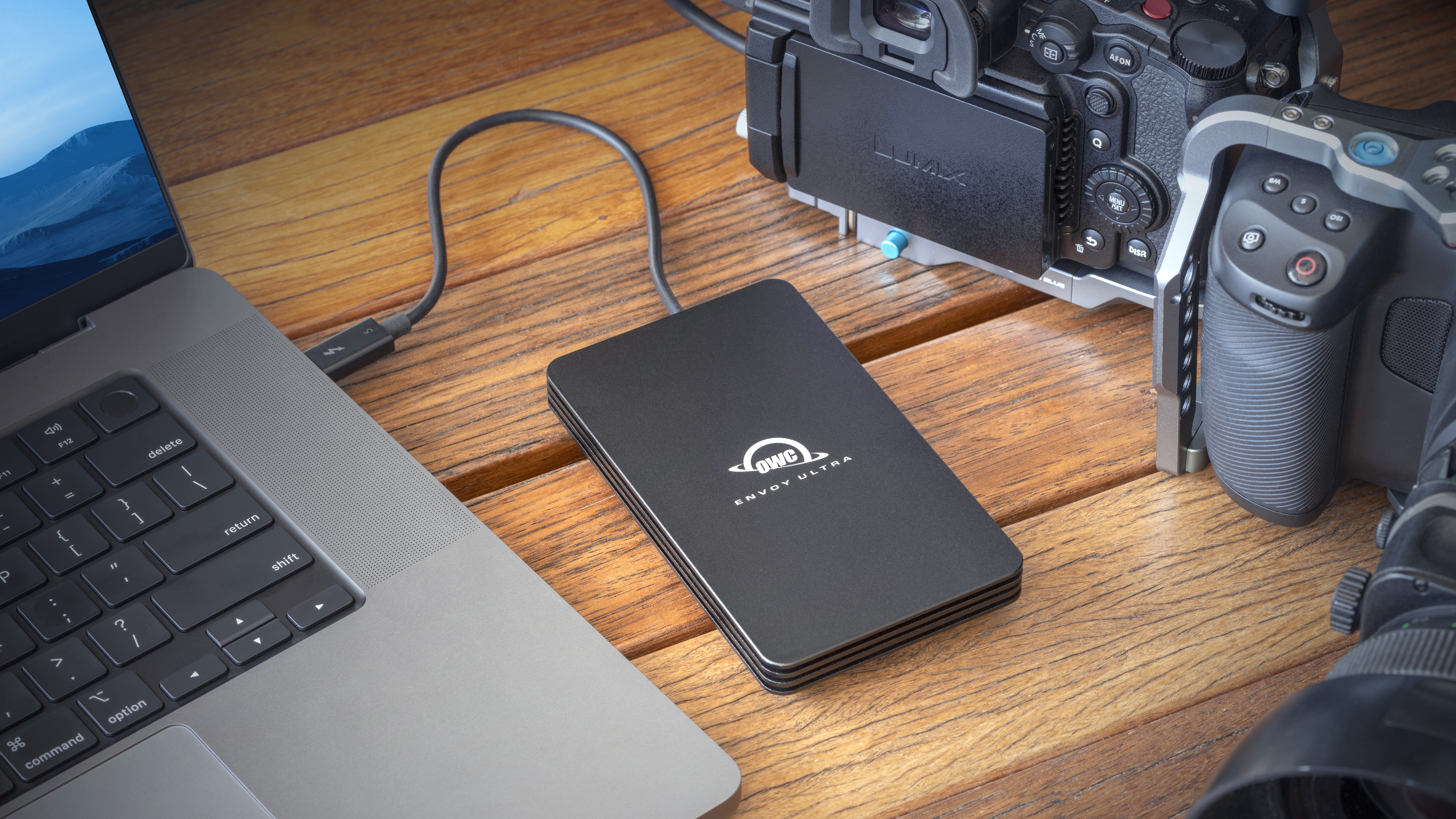The best camera for streaming in 2026: for Twitch, YouTube, and Facebook Live
If you want the best camera for streaming, meetings and Let's Plays, these are the top webcams, camcorders and cameras

Choosing the right camera for streaming can make a real difference to your content, whether you’re building an audience on Twitch, YouTube, Facebook, or TikTok once you’ve passed the 1,000-follower mark. A laptop webcam might be enough to get going, but the upgrade to a dedicated streaming camera is immediately noticeable, delivering sharper visuals and cleaner sound that help keep viewers watching.
This guide is built around cameras we’ve tested and reviewed, making it easier to find a setup that suits your style and budget. Most picks are compact, plug-and-play webcams that work seamlessly with Mac and Windows systems. There are also hybrid cameras designed for photography or vlogging that double as capable streaming tools, alongside a newer wave of pro-level gear aimed at creators who want broadcast-quality results.
Each option offers something different, so it’s about deciding what you value most: outright image quality, simplicity, or a setup that can grow with you. Built-in microphones are fine to begin with, but if you’re serious about streaming, audio should be your first upgrade. A good external mic will elevate your content faster than almost any camera or lighting change, helping you sound professional long before you look it.
The Quick List

We think the best camera for streaming right now is the Logitech C922. This is a standout choice for anyone either getting into streaming for the first time or who wants to upgrade from the webcam they already have.
Read more below

The camera is pretty simple. The focus is fixed, and there’s no onboard mic. But you will get high-quality content. It shoots video at a streaming-friendly resolution of 1080p, uncompressed, with a 60p frame rate.
Read more below
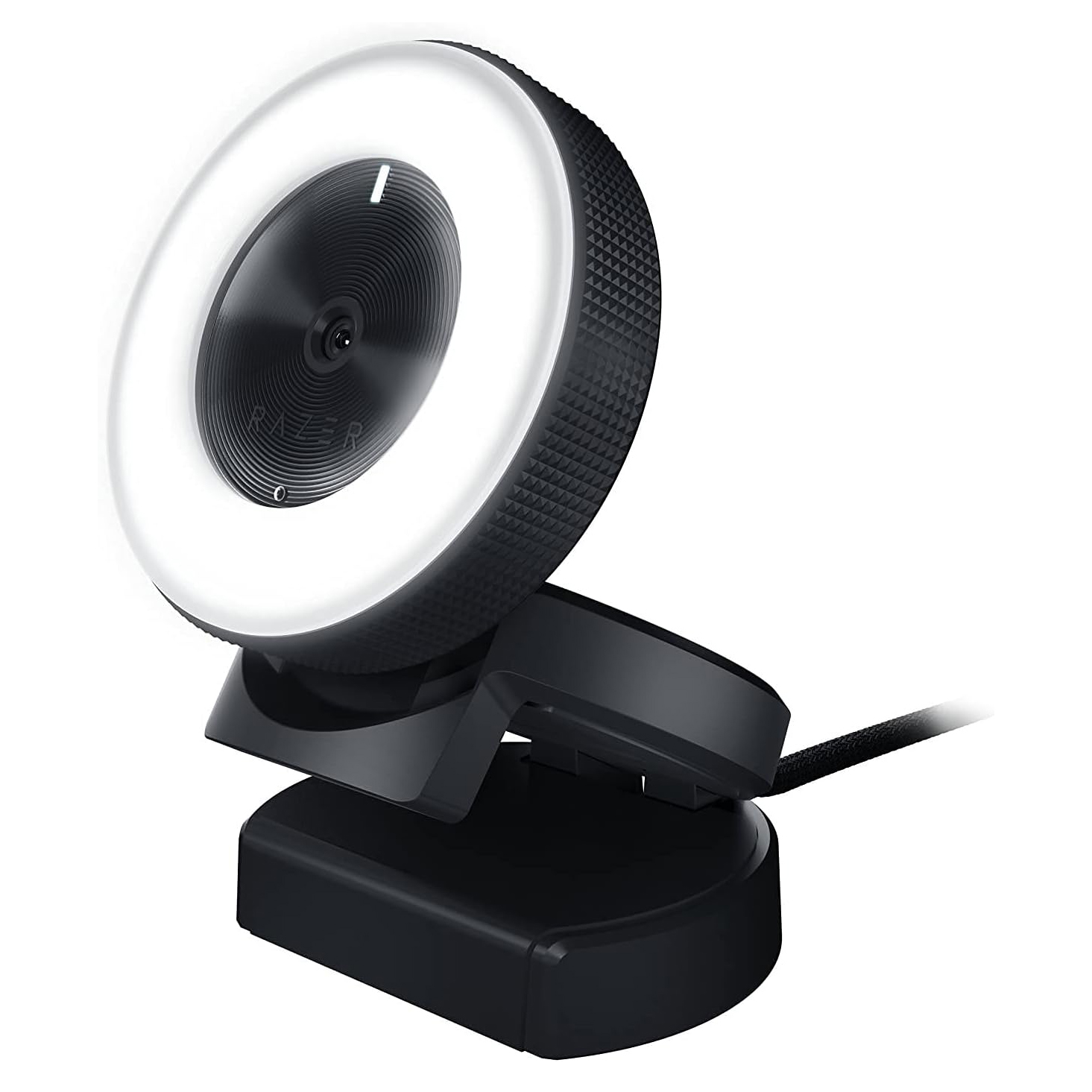
You need to be well-lit, and what better way to do this than by having a light directly in your camera? The Razer Kiyo offers solid image quality while also making sure that your audience can see you throughout your stream.
Read more below
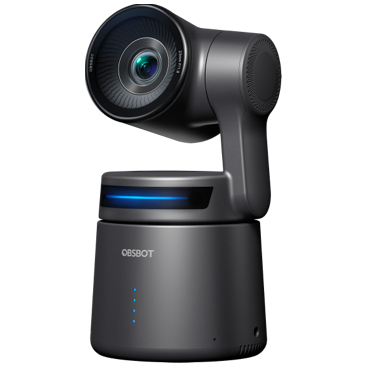
We've been lucky enough to have an early look at the Tail Air and can assure you that it offers an interesting new take on streaming on the go – the idea you can fit a multicam studio in a small handbag!
Read more below
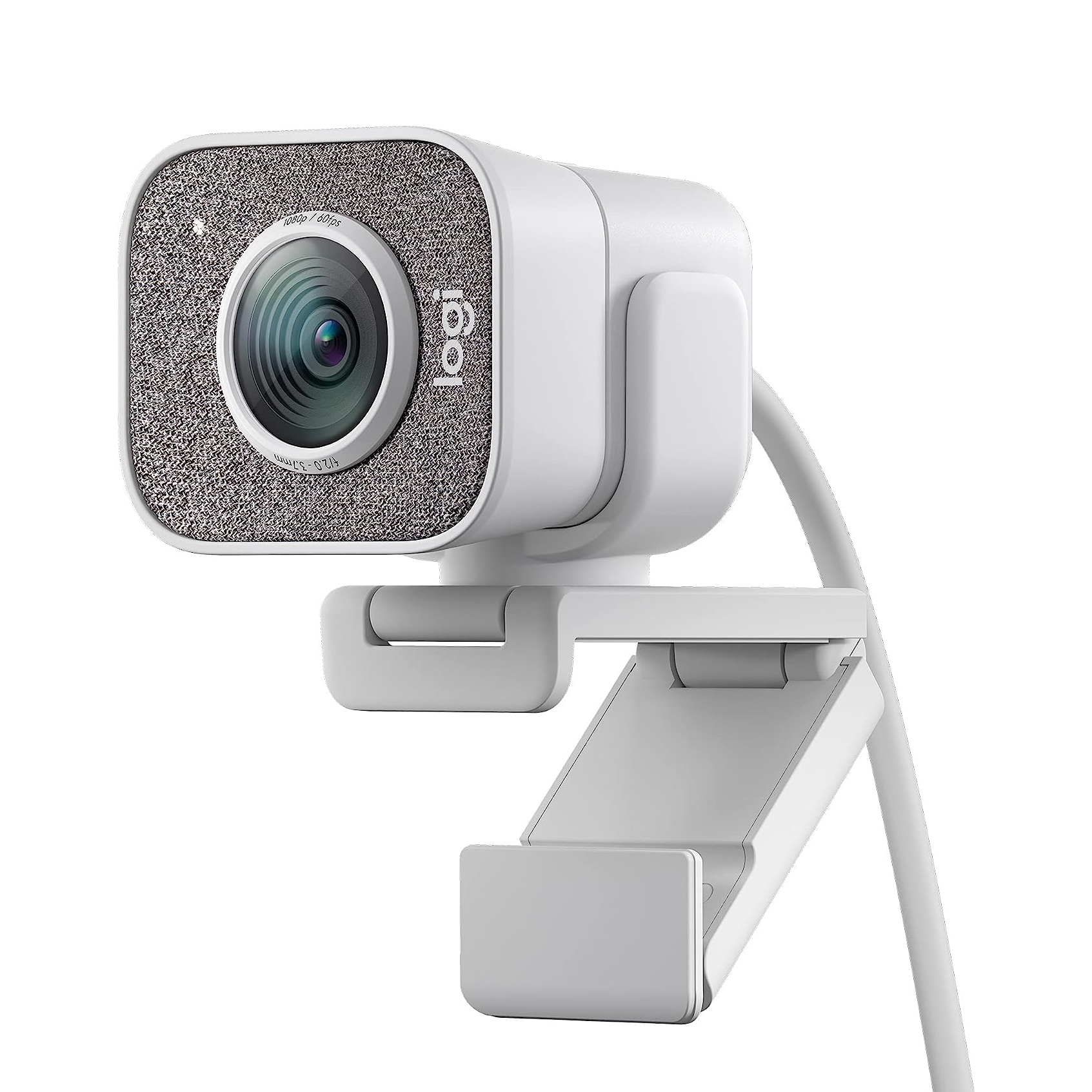
The Logitech Streamcam video quality is excellent, with 1080p 60fps footage. The auto framing and exposure features keep you centered and keep the image balanced for a pleasing output.
Read more below
Load the next 6 products ↴
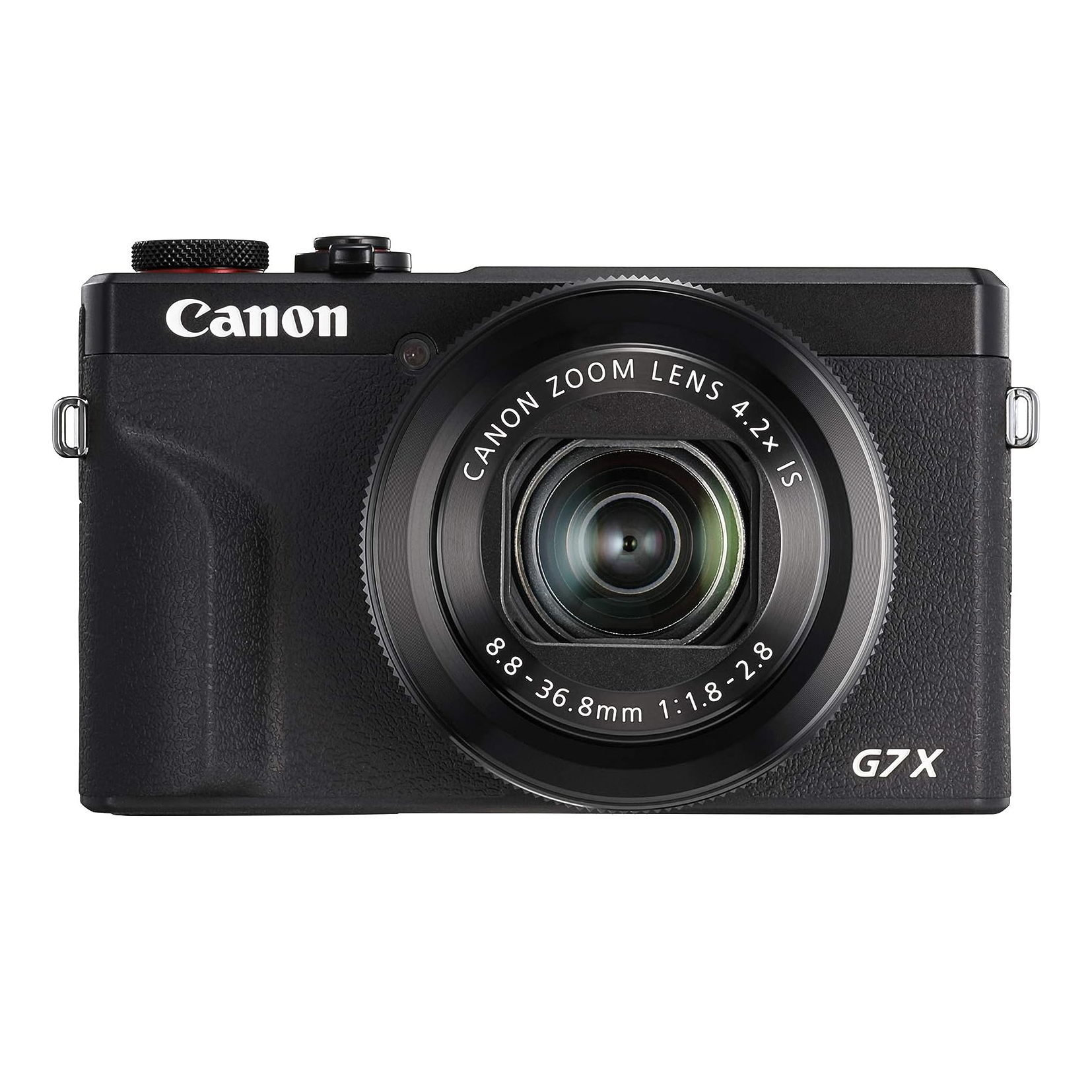
A streaming and photography camera in one, the Canon PowerShot G7 X Mark III is a great choice. It's one of the most popular compact cameras when it comes to live streaming thanks to its front-facing screen.
Read more below

Though the GoPro cameras can also stream, the DJI Osmo Action's 4 larger image sensor gives you this capability in a wider range of lighting situations – compact size and great image quality.
Read more below

If you're looking to seriously increase the quality of your streaming, a high-end full-frame mirrorless camera like the Sigma fp will fit the bill with modes specific for streaming, and the camera's tiny size (for a full-frame camera).
Read more below
The best camera for streaming in 2026
Why you can trust Digital Camera World
The best streaming camera for most people
Specifications
Reasons to buy
Reasons to avoid
✅ You want an easy solution: a simple plug-in and play method this webcam is the simplest way to get streaming fast
✅ You want portability: a simple solution that can be taken anywhere and used across many computers
❌You want to connect on mobile: with only a USB connection this is for Computers only
❌You want 4K: its highest resolution is 1080p
Despite it being a relatively old product, we still think the best camera for the average streamer - from a fixed spot, anyway - is the Logitech C922. This is a standout choice for anyone either getting into streaming for the first time, and is looking for something better than the webcam they already have.
It clips neatly onto the top of your television or PC monitor or can be attached to a tripod if you want to get more creative with your angles and framing. The camera shoots and streams live in 1080p Full HD resolution at 30 frames per second, and there's also a ‘hyperfast’ mode for streaming 720p at 60fps.
Dual microphones create stereo audio, saving you from setting up separate microphones, and the camera comes with an 18.5cm tall tripod. The lens offers a 78-degree wide view, and it comes with a free three-month license for Xsplit streaming software. Also, check our guide to the Best Logitech webcams.
Read our full Logitech C922 Pro review for more details
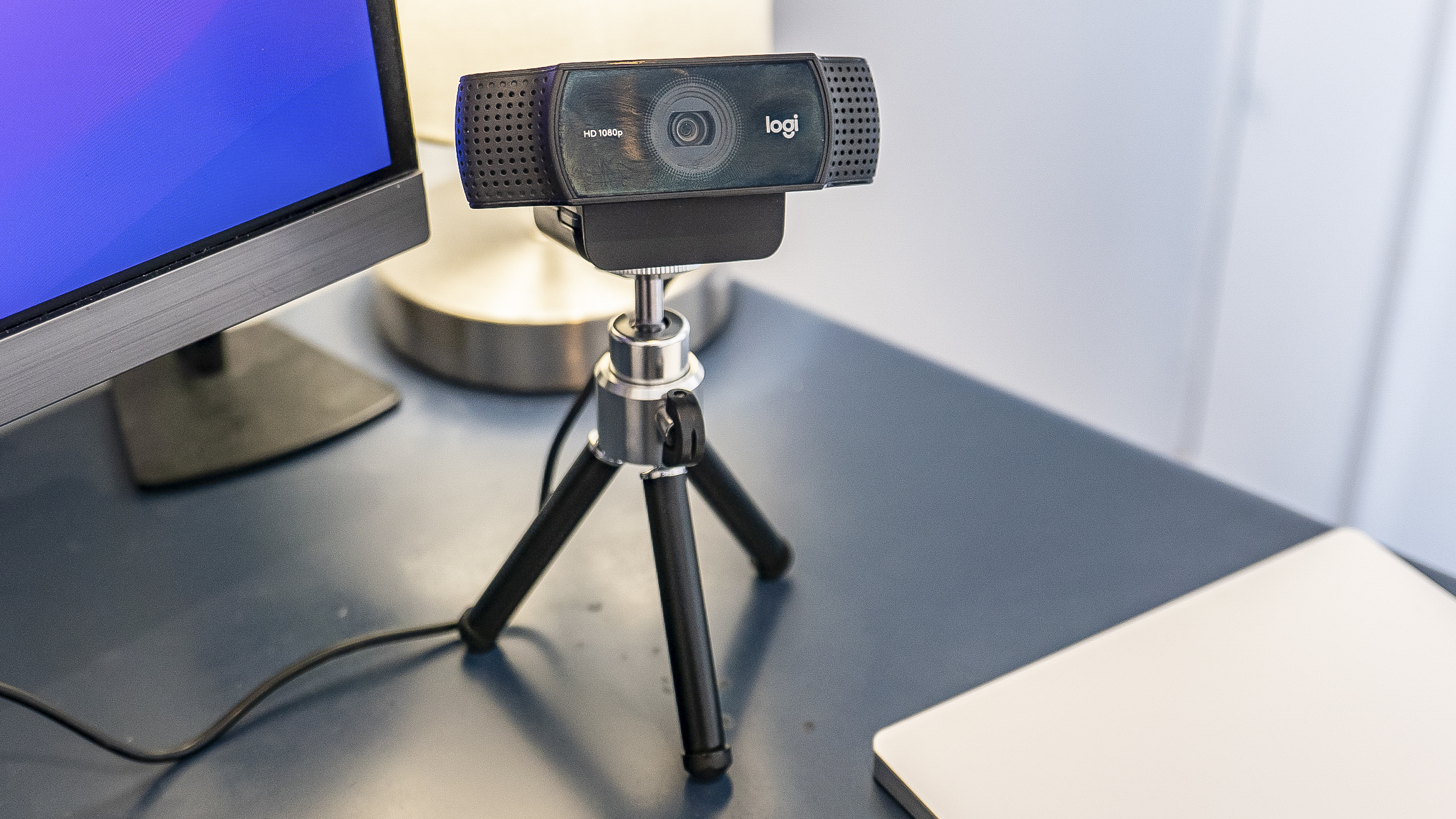
Final thoughts
The Logitech C922 Pro is a solid choice for streamers, offering sharp 1080p video at 30fps or smooth 720p at 60fps. With reliable autofocus, decent built-in microphones, and background removal features, it delivers good quality without needing extra gear. It’s not the most advanced option, but it offers great value for its price.
The best streaming camera for ease of use
Specifications
Reasons to buy
Reasons to avoid
✅ You want great video settings: Elgato includes video settings to make sure you get the best picture possible
✅ You want uncompressed video: with a full 60fps setting its 1080p feed will keep up with all movements
❌ You're on a budget: at over $100 / £100 its a little pricey for a webcam
❌You want good audio: unforgivably this webcam has no built-in microphone so you will have to add mic to your setup
The Elgato Facecam is a relative newcomer to the streaming circuit, placing a firm emphasis on accessible, high-quality content. It shoots video at a streaming-friendly resolution of 1080p, uncompressed, with a 60p frame rate.
The default image it produces is bright – some might call it overexposed – but if it’s not to your taste then it’s easy enough to fix the settings with Elgato’s Camera Hub software.
In other respects, the camera is pretty simple. The focus is fixed, and in a move that seems surprising but makes sense once you think about it, there’s no onboard mic. Elgato's reasoning is that anyone who’s willing to spend almost $200 on a streaming camera probably isn’t planning to use a crappy on-board mic, and either has or is going to acquire their own. Fair enough, though this does mean you have to factor in the cost of a mic on top of the already slightly chunky asking price.
Read our full Elgato Facecam review for more details
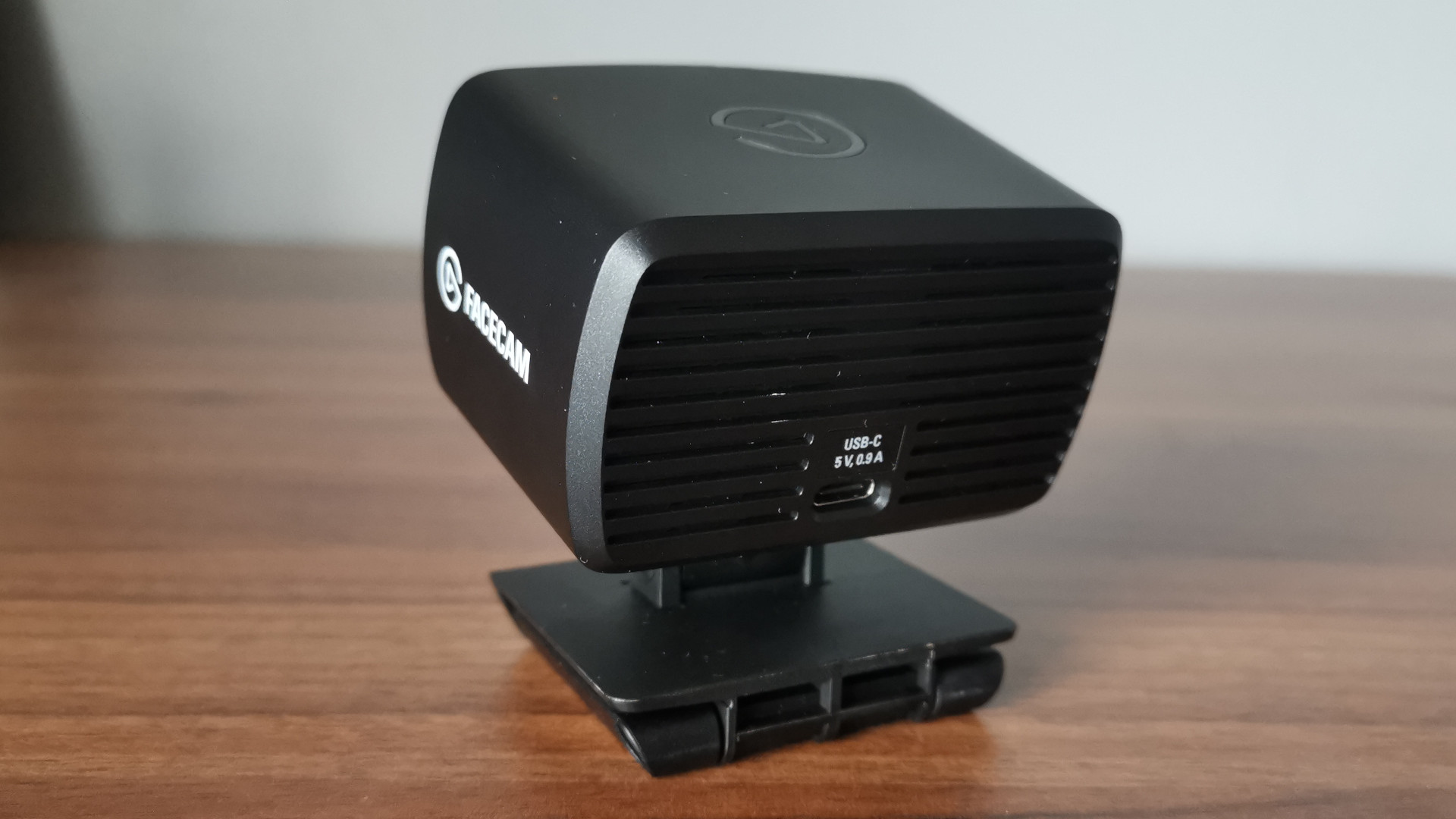
Final thoughts
The Elgato FaceCam delivers sharp 1080p at 60fps with excellent color and low-light performance, thanks to its Sony sensor and glass lens. While it lacks a built-in mic and autofocus, its image quality and deep customization via Elgato’s software make it a strong pick for serious streamers.
The best streaming camera for movement
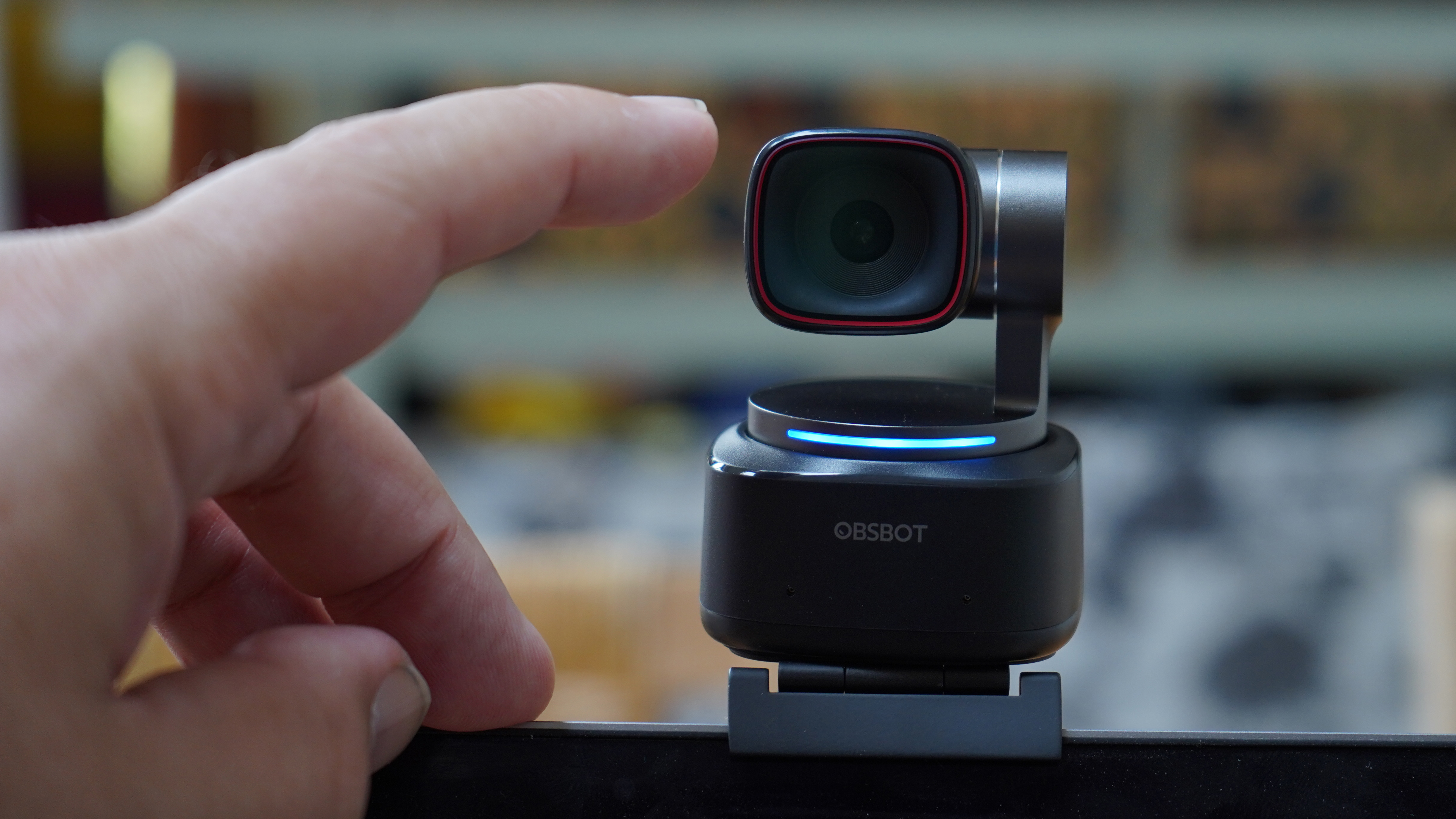
Specifications
Reasons to buy
Reasons to avoid
✅ You want active tracking: simply the best around for movement and active tracking
✅ You want lighting: with a built-in LED you can be seen in even the darkest of settings
❌ You want audio: again you will need an external audio source
❌ You want it now: its popular so you have to wait until its back in stock at most retailers
Obsbot's original Tiny was so-called to distinguish it from the 'Tail' – a camera which was designed for streamers. The thing is, for many, streaming requires nothing more than a good webcam and the Tiny 2 (actually the third, after the Tiny 4K), is a very good webcam which also will track its subject so, for example, if you want to do your own live cooking show, it's got you covered.
Of course there are reasons to look for the Tail series (which is just about to get an update), but unless you need features like NDI|HX3 and multi-cam setups managed by the cameras themselves then the smarts you need can all be found in this sophisticated webcam. If you use a platform like OBS it'll have no issue recognising it, and the 4K image is good, even in relatively low light thanks to the 1/1.5-inch sensor.
Our only real complaint is that we thought the 770MB for the Obsbot app seemed a little excessive, but the provision of Mac and Windows support is appreciated. Obsbot also provide an excellent hard case and the device is tiny enough to sit on a laptop screen and run from USB-C power only (though has a tripod screw). You can check samples I took in my full review of the Obsbot Tiny 2.

Final thoughts
The Obsbot Tiny 2 offers impressive 4K video, smooth AI tracking, and smart features like gesture and voice control. Its large sensor and gimbal system deliver excellent image quality, though it’s pricier than most and lacks Windows Hello. For streamers wanting standout performance and innovation, it’s a top-tier option.
The best streaming camera with built in light
Specifications
Reasons to buy
Reasons to avoid
✅ You need a light source too: with its very bright LED surround you will be seen, no matter how dark your environment
✅You want something small: with its circular design it takes up very little room on your monitor or laptop
❌ You want 60fps at FULL HD: 60fps is only an option with 720p resolution
❌ You want 4K video: unfortunately, the highest resolution is only 1080P Full HD video
Lighting is a crucial part of video production, and you’ll want to make sure your face is brightly and evenly lit when streaming. You can invest in standalone lighting to help achieve this, but on a tight budget, you could be better off with the Razer Kiyo, which has its own integrated light ring made up of 12 LEDs.
The light ring surrounds the camera and its brightness can be adjusted; the lights offer up to 10 Lux of brightness at a distance of one meter, with a color temperature of 5600K. As well as brightening your face, the light should also help prevent your face from mirroring reflections of gameplay from your screen, making for a more professional look.
As for the camera itself, the Razer Kiyo streams at 1080p Full HD resolution at 30 frames per second (the gold standard for streaming at this price range), and a 60fps at 720p option is also available. Although a little larger than some other streaming cameras, the Kiyo still clips neatly to the top of your PC display.
See our full Razer Kiyo review for more details
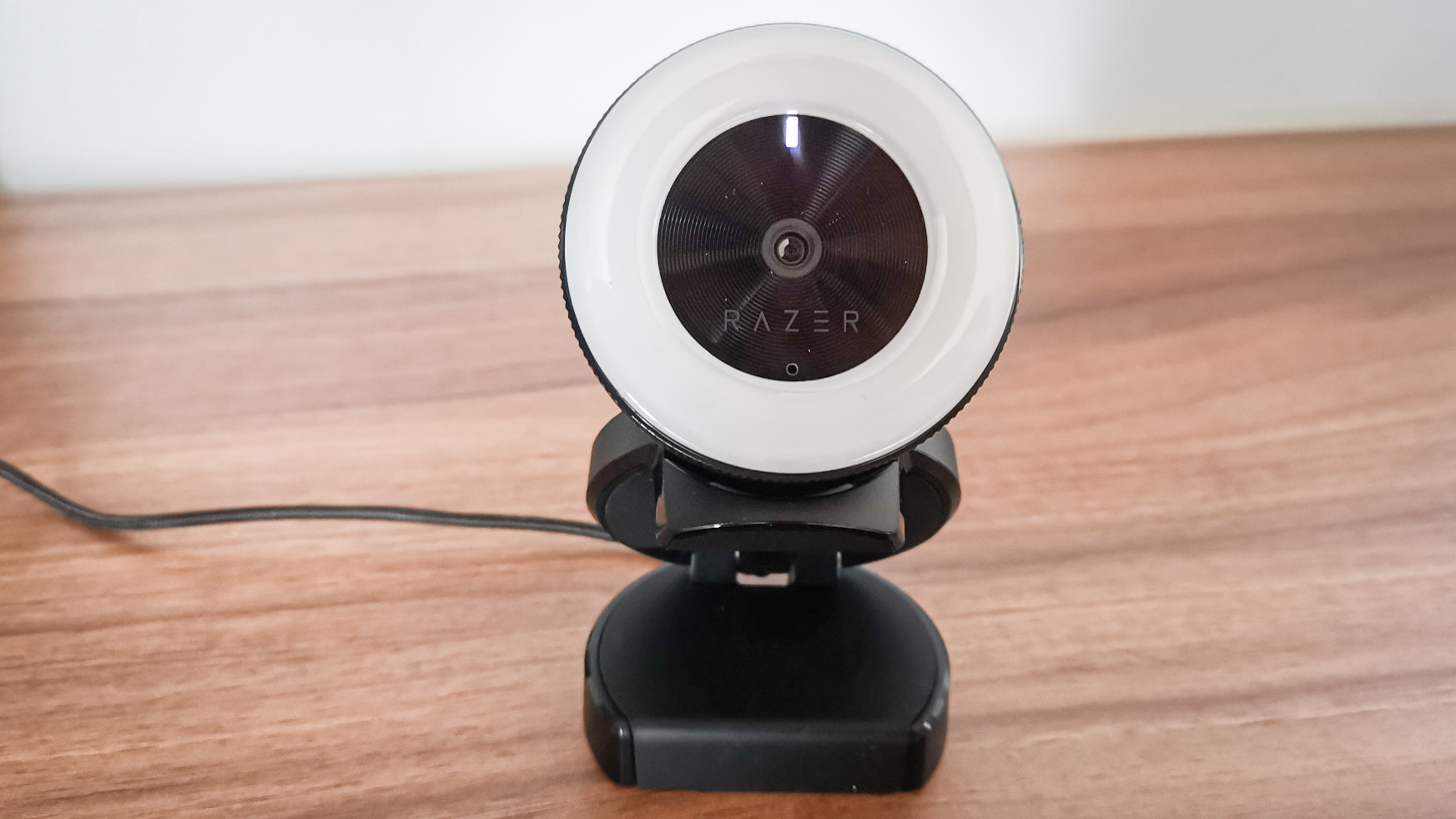
Final thoughts
The Razer Kiyo is a great entry-level webcam for streamers, offering 1080p video at 30fps and a built-in ring light for better lighting without extra gear. It has fast autofocus and decent audio, making it a simple, effective option for improving stream quality.
The best streaming camera for automatic features
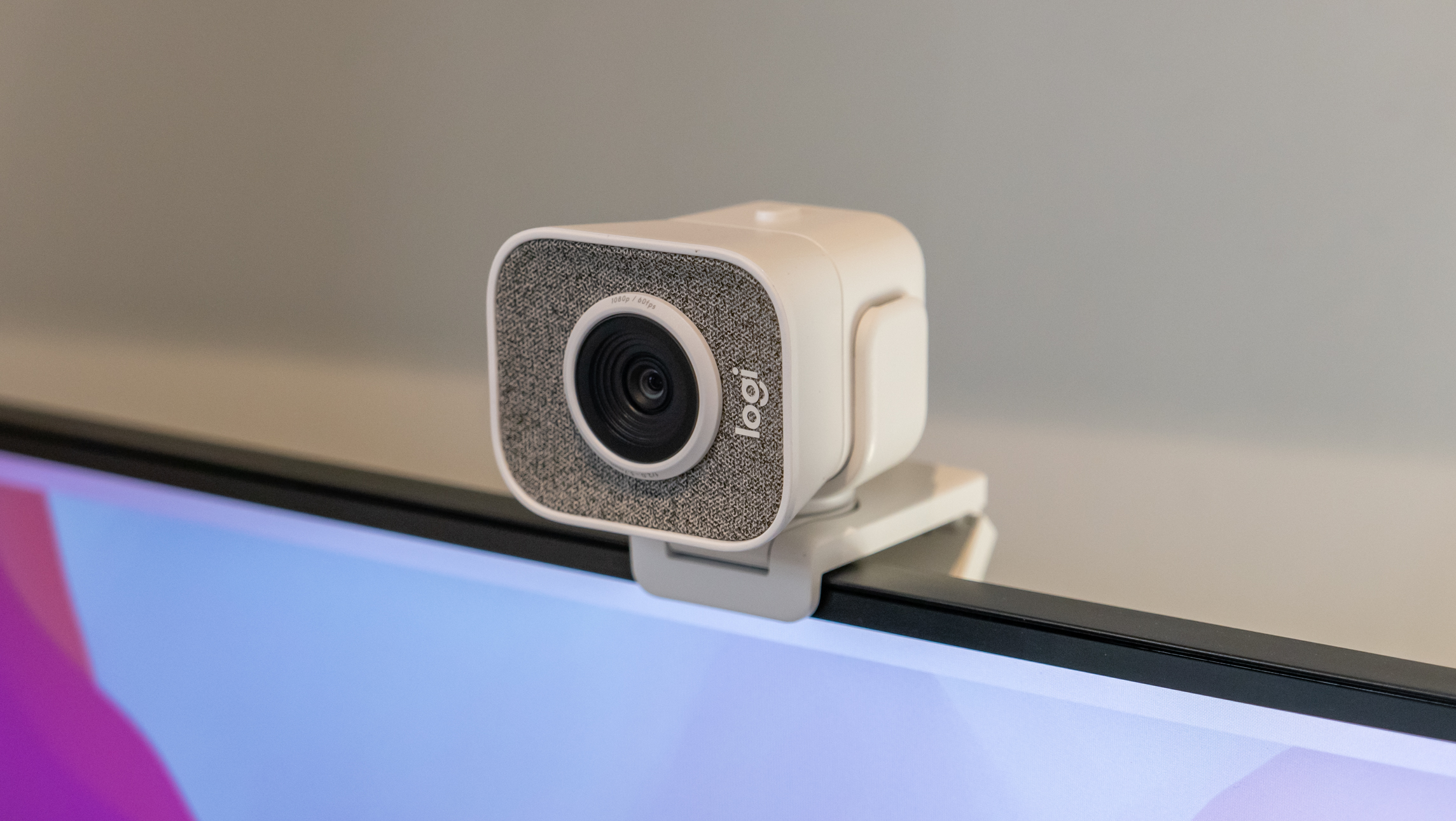
Specifications
Reasons to buy
Reasons to avoid
✅You want SMARTs: with auto-framing and brightness adjustment this webcam does it all for you
✅You like options: with its square design this webcam offers various mounting options to suit even the smallest of spaces
❌ You want easy storage: while its compact its non-removable USB-C cable can make things more tricky
❌ You want a longer cable: due to its short, non-removable USB-C cable you can't replace it with a longer one
While the Logitech C922 Pro has staked out a place as a near-ubiquitous camera for conferences and the like, the Logitech Streamcam is a newer model that’s pitched directly toward streamers. Its video quality is excellent, with 1080p 60fps footage that looks excellent. You’ll have no reason to worry about your streaming quality once this camera is up and running – the auto framing and exposure features keep you centered and keep the image balanced for a pleasing output. You can also install the Logitech Capture software, available for Windows or Mac, to further streamline the process.
The cuboid Logitech Streamcam looks pretty chic and comes with a range of mounting options including a diddy desktop tripod, which makes it easy to put the camera at exactly the angle you want it. Our only real gripe is the fact that the USB-C cable is both short and non-detachable, meaning you can’t simply replace it with a longer one of your own. This does diminish positioning versatility a bit, but it’s a small strike against an excellent streaming camera.
Read our full Logitech Streamcam review for more details
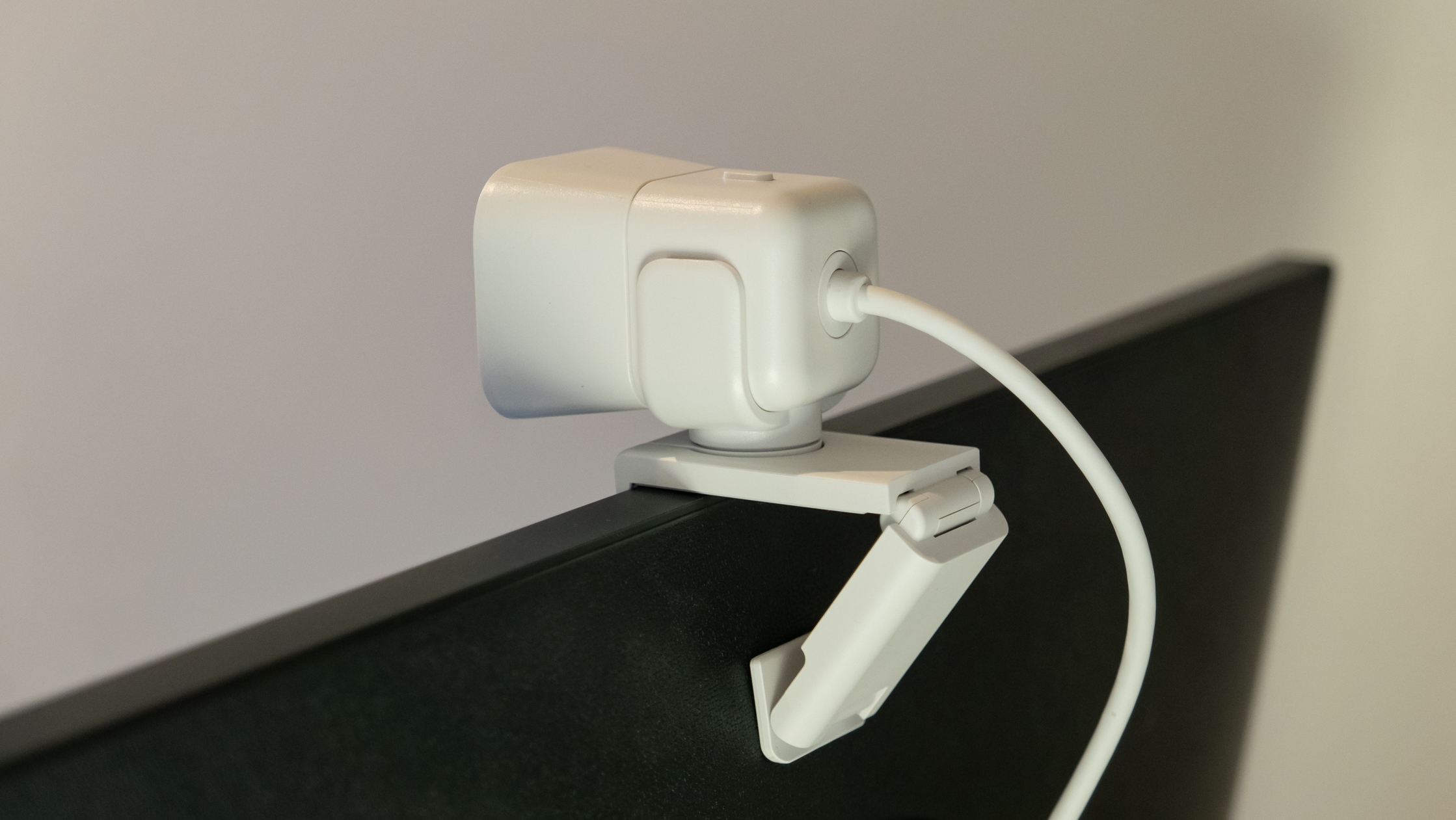
Final thoughts
The Logitech StreamCam delivers smooth 1080p at 60fps with sharp autofocus and smart exposure, making it great for streamers. It supports vertical video and auto-framing, though the fixed USB-C cable and lack of HDR may limit some users. Overall, it’s a strong, flexible choice for content creators.
The best compact camera for streaming
Specifications
Reasons to buy
Reasons to avoid
✅ You want 4K: with its 4K30p this is the perfect camera for those wanting 4K streaming
✅ You want zoom options: with its built-in 24-100mm Equiv lens you can always make sure you;re framed correctly
❌You want to change lenses: while its built-in zoom lens offers a vast zoom range, you can't change it for a faster one
❌ On a budget: for a compact, it is a bit pricey, but it can be used for other things than just streaming
If you want to improve the quality of your live streams and also have a camera that can be used for photography, the Canon PowerShot G7 X Mark III is a great choice. It's one of the most popular cameras when it comes to vlogging thanks to its front-facing screen and the addition of live streaming capabilities makes it even more desirable.
You can shoot high-quality 4k with no crop, it has a 24-100mm lens which offers a versatile shooting range and there is also a 3.5mm port for connecting an external microphone. One of the downsides of the G7 X III is there isn't a viewfinder so you'll have to rely on the LCD screen but if you're using it mainly or streaming, this won't be an issue.
Read our full Canon PowerShot G7 X Mark III review for more details

Final thoughts
The Canon PowerShot G7 X Mark III is a compact camera with excellent 4K video, a flip-up screen, and native YouTube live streaming. Its large sensor and fast lens offer strong image quality, and the mic input boosts audio. It’s a great choice for streamers wanting pro-level results in a portable package.
The best action camera for streaming
Specifications
Reasons to buy
Reasons to avoid
✅ You want a preview: thanks to its front LCD screen you can view where you are in the frame in real-time
✅ You want low-light performance: With good low-light performance you can stream in even the darkest of places and still be seen
❌You need your phone: to be able to stream you need to have your phone connected to go live
❌ Horizontal lock: you can have this placed in any direction to get the perfect angle for your streaming needs
Live streaming from an action camera is a brilliant idea; the cameras themselves are portable and already equipped with connectivity. Both DJI's Osmo Action series and the better-known GoPro Hero series it is attempting to supplant are both so equipped. Both, too, can live stream, albeit via a phone app.
It's something of an area of debate, but Adam Juniper's pick is the DJI camera thanks to the larger image sensor – when you're streaming there is no advantage to 5.3K video since you won't use that resolution, and you can rotate the camera to your preferred broadcast angle so the GoPro's much-vaunted 8:7 sensor is distinctly 'Meh'. What is inescapable, though, is the clearly better low-light performance of the Osmo Action 4 (but, by all means, read our thoughts on the GoPro Hero 12 Black).
Another plus – if you have it – is the ability to use it with DJI's excellent radio microphone system though, though the GoPro has the option of a wireless mic or a media mod too.
Read our full review of the DJI Osmo Action 4.

Final thoughts
The DJI Osmo Action 4 is a tough, portable camera that shoots sharp 4K video up to 120fps with excellent low-light performance. With built-in stabilization, dual touchscreens, and livestreaming via the DJI Mimo app, it's a great choice for streamers who need durability and quality on the go.
The best streaming camera on a budget
Specifications
Reasons to buy
Reasons to avoid
✅ You want something cheap: Under $100/£100 this gets the job done for little investment
✅You want simple: with this plug-in-and-play functionality this is as simple as it gets to setups
❌ You want FULL HD: due to its age you will only get 720p out of this webcam, which might be fine for most users
❌ It's a bit old: now several years old it doesn't offer the most recent tech to the market.
A budget option, the HD-3000 by Microsoft proves you can start streaming without having to shell out the big bucks. This webcam is limited to 720p HD resolution at 30 frames per second, but that’s still high definition and will be perfectly acceptable when viewed on a mobile device like a smartphone. The camera offers automatic face tracking, and low-light adjustment has a built-in microphone and claims to attach to all types of computer monitors.
There is also a digital zoom function, although we would advise against using this, because the 720p resolution, while acceptable when viewed normally, doesn’t provide enough pixels for images to remain sharp when zoomed in. Finally, there is a manual focus option for making sure the image stays exactly the way you want it – we prefer this, as autofocus can have a habit of incorrectly adjusting in some lighting conditions, taking you out of focus.
Read our full Microsoft LifeCam HD-3000 review for more details
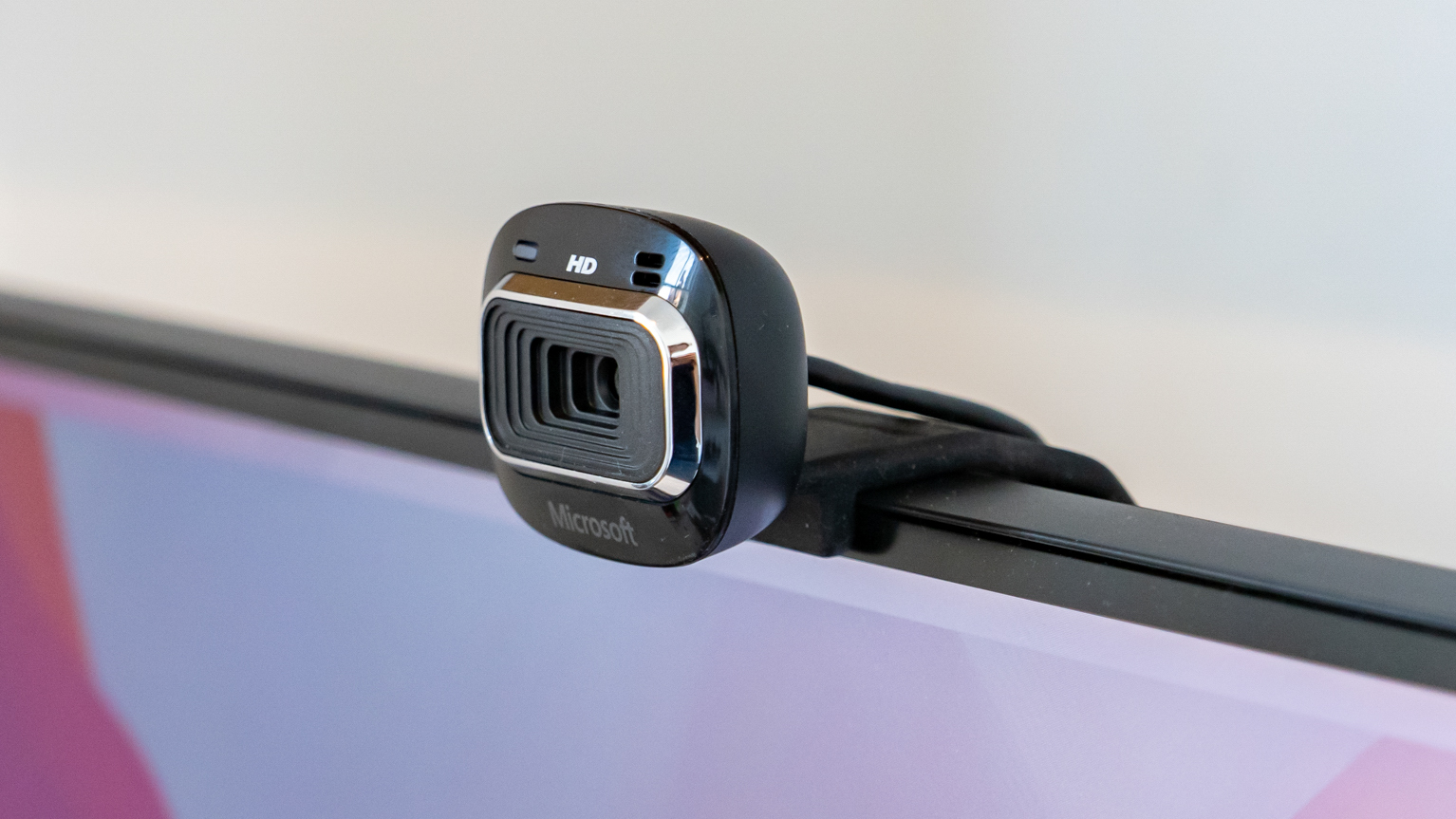
final thoughts
The Microsoft LifeCam HD-3000 is a simple, budget-friendly webcam offering 720p video at 30fps with decent audio and image quality. It’s easy to set up and works well for casual streaming or video calls, though it lacks features like autofocus and Full HD resolution.
The best mirrorless camera for streaming
Specifications
Reasons to buy
Reasons to avoid
✅ You want pro-grade footage: being a cinema camera in a small body your streaming will look amazing
✅ You want to change lenses: no matter the space you can change lenses to suit any tight crop or full view to suit your needs
❌Pricey: It will cost you a lot more than others on this list, but its features outweigh the price
❌Lenses cost extra: You need a lens to go with it which brings the cost up - but you can also use it as a stills and video camera too
It may seem a very leftfield recommendation, but the Sigma fp has an ace up its sleeve – it works natively as a webcam over USB, meaning that you don't need to invest in an additional HDMI capture card to use it. Of course, you do have to invest much more in the camera itself, but this can work both ways; since the Sigma fp is a highly modifiable, modular system, it can replace your webcam, your 'proper' camera, and your video camera. So if you stream, shoot, and film, this could be the ideal purchase.
The key benefit, of course, is the ability to achieve a cinematic look on your live streams by taking advantage of the full-frame sensor's depth of field capability, as well as the choice of any lens you want. If you want to use an f/1.2 lens for bokehlicious blur and tip-top low-light performance, now you can – and it will certainly make your streams stand out from the crowd. Yes, it's expensive, but the cheers you receive for your image quality might pay dividends!
Something else to note: Sigma has released a successor to this camera, the Sigma fp L. While we were pretty impressed by this camera in our full review, we're sticking with the Sigma fp as our streaming recommendation, as it's much cheaper and does everything a streamer needs – and then some!
Read our full Sigma fp review for more details
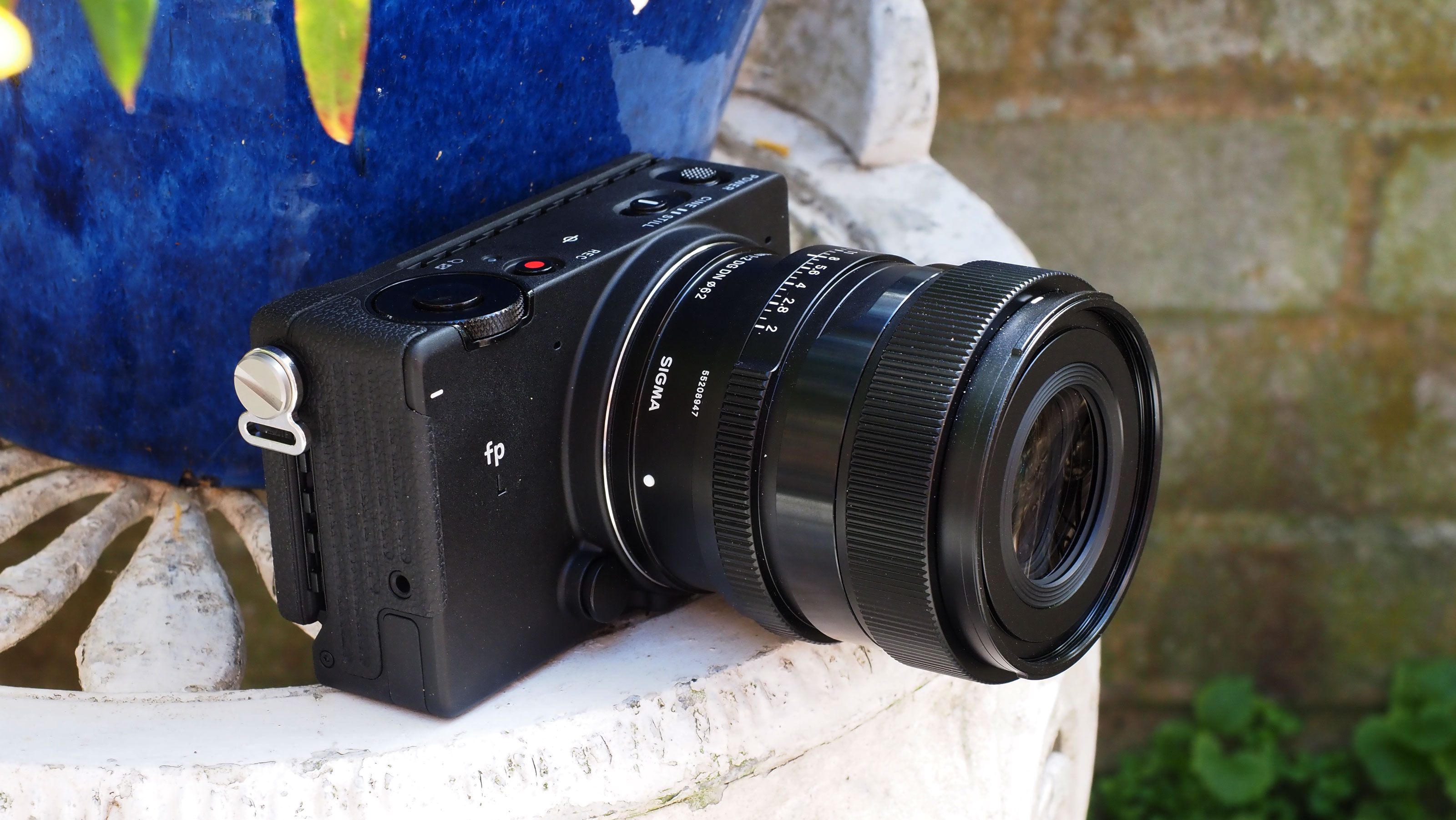
Final thoughts
The Sigma fp is a compact full-frame camera that delivers excellent 4K video and can be used as a USB webcam without extra gear. Its modular design suits streamers who want top-tier image quality, though it lacks in-body stabilization and a viewfinder.
How to choose the best camera for streaming
When you’re setting up for live streaming, costs can spiral fast - between cameras, lights, and audio gear, it’s easy to think you need a studio-level budget. The truth is, the best camera for streaming doesn’t have to be expensive. Production value matters, but your audience is tuning in to see you, not your backdrop.
If you’re starting small, a simple webcam like the Microsoft LifeCam HD-3000 is an excellent entry point, offering 720p HD that looks great on mobile screens. Step up to something like the Logitech C922 Pro and you’ll get Full HD 1080p streaming for not much more money - a solid balance of quality and affordability. From there, you can explore higher-end options, including 4K models, cameras with zoom and slow-motion, and those with audio input ports that let you connect an external microphone for a big upgrade in sound quality.
For creators who care most about image quality, mirrorless and DSLR cameras are now easier than ever to use for streaming. Where once you needed capture cards and complicated setups, most brands have rolled out software updates that let you plug in and stream directly - Canon’s EOS R is a great example. Sigma was ahead of the curve, too, with the fp being one of the first “serious” cameras designed to double as a webcam.
Action cameras are also worth a look. Models like the GoPro Hero series or DJI Osmo Action offer front-facing screens, so you can see exactly what your viewers see. Camcorders deliver similar benefits with flip-out displays, and for fixed installations - churches, theatres, or events - a PTZ camera with motorized pan, tilt, and zoom adds professional polish.
One thing to note: not every camera can stream at the same resolution it records. Some 4K cameras will only output 1080p when used live, so check the fine print. Extra features like automatic background replacement can also be useful, especially if you don’t have the perfect space to film in. Lighting makes a huge difference too - many streamers swear by ring lights, and Razer’s Kiyo even builds one in.
Ultimately, it comes down to budget and priorities. If you’re just starting out, a reliable, affordable webcam is all you need until your audience grows. But if you’re ready to take things up a level, moving into action cams, camcorders, or interchangeable-lens cameras will give you far more creative control - and help your streams stand out from the crowd.
The best camera deals, reviews, product advice, and unmissable photography news, direct to your inbox!

James has 25 years experience as a journalist, serving as the head of Digital Camera World for 7 of them. He started working in the photography industry in 2014, product testing and shooting ad campaigns for Olympus, as well as clients like Aston Martin Racing, Elinchrom and L'Oréal. An Olympus / OM System, Canon and Hasselblad shooter, he has a wealth of knowledge on cameras of all makes – and he loves instant cameras, too.
- Adam JuniperManaging Editor
